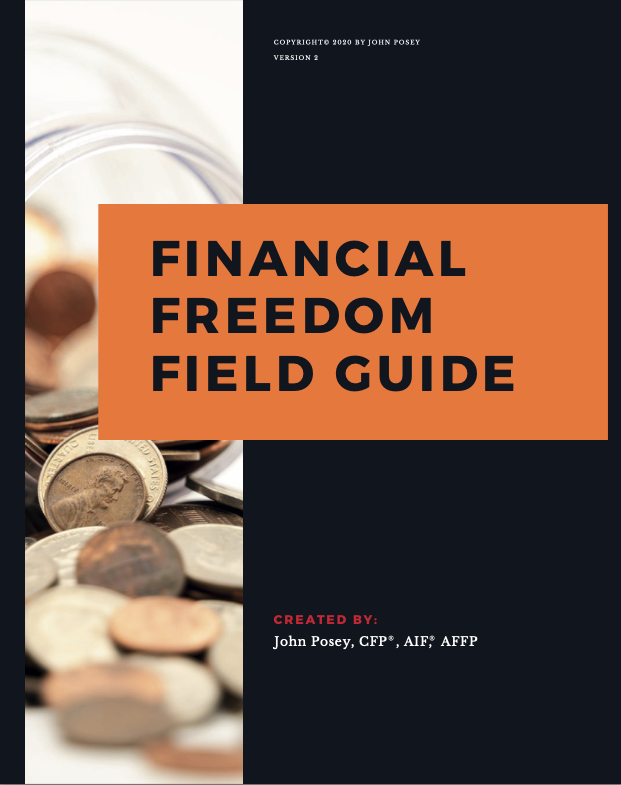Normally you should run from any article that says “It’s Different This Time,” as these are the four scariest words any investor can say as famously coined by one of the most successful investors in history, Sir John Templeton. I’d say history has been a pretty good indicator in the past but any good compliance officer would warn you that is no guarantee of future results. With that disclaimer, Brian Wesbury, Chief Economist at First Trust articulates what he believes we are witnessing with the Fed’s current approach to monetary policy (i.e. – interest rate changes). I found it to be a great explanation for what can be a complex subject. This two-part video series below explains what appears to be different this time around with the recent inversion of the yield curve (refer to the attached chart). An inverted yield curve refers to when short-term interest rates become higher than long-term interest rates which has been a recessionary indicator in the past. Brian sheds light on a dichotomy in the Fed’s historical approach to monetary policy starting in 2008 during the financial crisis. He notes that pre-2008 interest rate changes and monetary policy was driven by the amount of money put into and taken out of the economic system through the Fed’s selling and buying of bonds rather than the Fed setting the Federal Funds rate. Brian says there is actually a significant amount of excess reserves in the system today which contrasts with recessions of the past. He credits the monetary excess to the Fed’s quantitative easing strategy starting in 2008. Quantitative easing is a fancy term that refers to when the Fed prints money to finance the purchase of government securities from banks in an effort to pour money into the economy. Brian states there is still a large sum of money in the system today and the current economic data is not pointing to recession-like numbers. Listen to Part 2 of the series to get Brian’s take on what he believes is an arbitrary approach to how the Fed has decided to set interest rate policy in response to global economics. I hope you find this useful on the quest to understanding the current state of interest rates.
Brian sheds light on a dichotomy in the Fed’s historical approach to monetary policy starting in 2008 during the financial crisis. He notes that pre-2008 interest rate changes and monetary policy was driven by the amount of money put into and taken out of the economic system through the Fed’s selling and buying of bonds rather than the Fed setting the Federal Funds rate. Brian says there is actually a significant amount of excess reserves in the system today which contrasts with recessions of the past. He credits the monetary excess to the Fed’s quantitative easing strategy starting in 2008. Quantitative easing is a fancy term that refers to when the Fed prints money to finance the purchase of government securities from banks in an effort to pour money into the economy. Brian states there is still a large sum of money in the system today and the current economic data is not pointing to recession-like numbers. Listen to Part 2 of the series to get Brian’s take on what he believes is an arbitrary approach to how the Fed has decided to set interest rate policy in response to global economics. I hope you find this useful on the quest to understanding the current state of interest rates.
Part I – Wesbury Video On Yield Curve Inversion
Part II – Wesbury Video On Yield Curve Inversion
Advisory services offered through Plains Advisory LLC, an investment adviser registered with the State of Nebraska. Insurance products and services are offered and sold separately through John Posey, a licensed insurance agent. No investment strategy can guarantee a profit or protect against loss in periods of declining values. Opinions expressed are subject to change without notice and are not intended as investment advice or to predict future performance. Past performance does not guarantee future results. Any information provided is designed to provide general information on the subjects covered, it is not, however, intended to provide specific legal, tax, financial or investing advice and cannot be used to avoid tax penalties or to promote, market, or recommend any plan or arrangement. Material presented is believed to be from reliable sources and no representations are made by our firm as to another parties’ informational accuracy or completeness. All information or ideas provided should be discussed in detail with an advisor, accountant or legal counsel prior to implementation.


